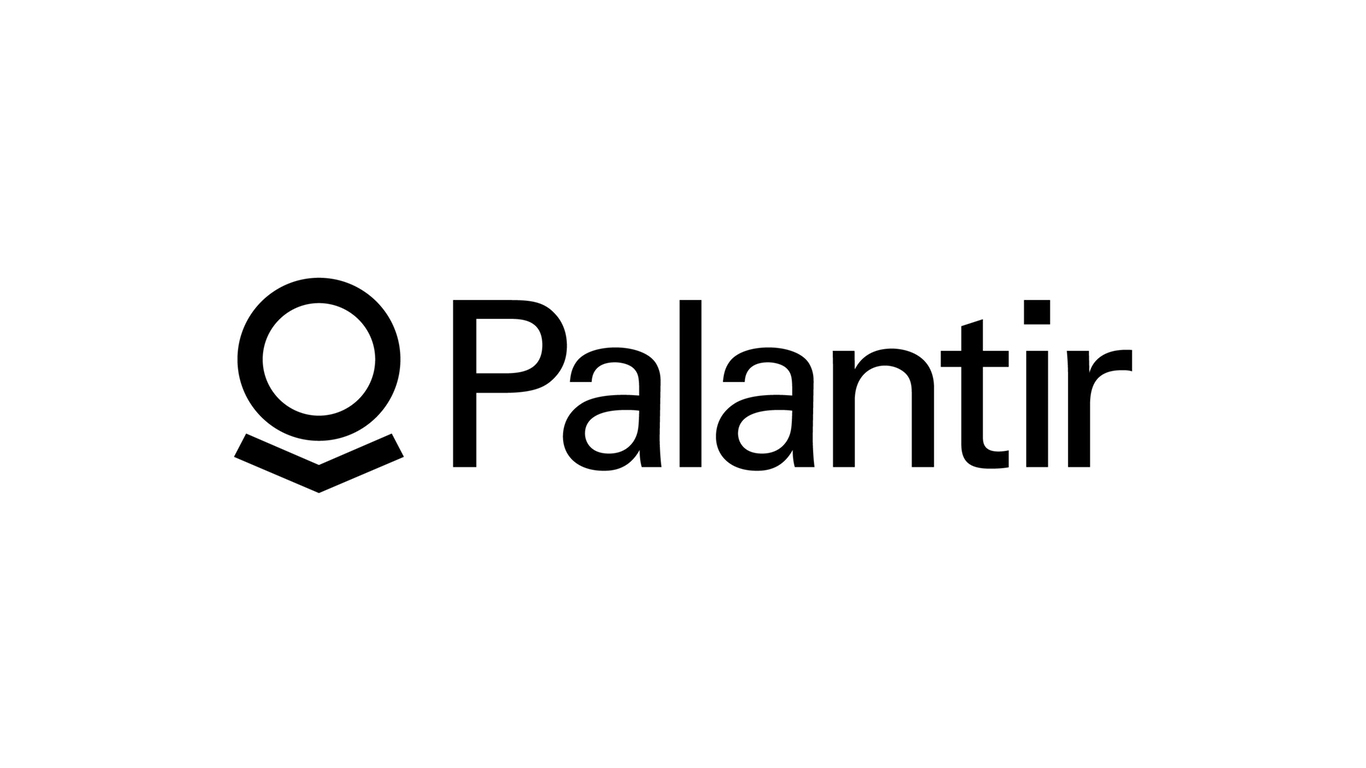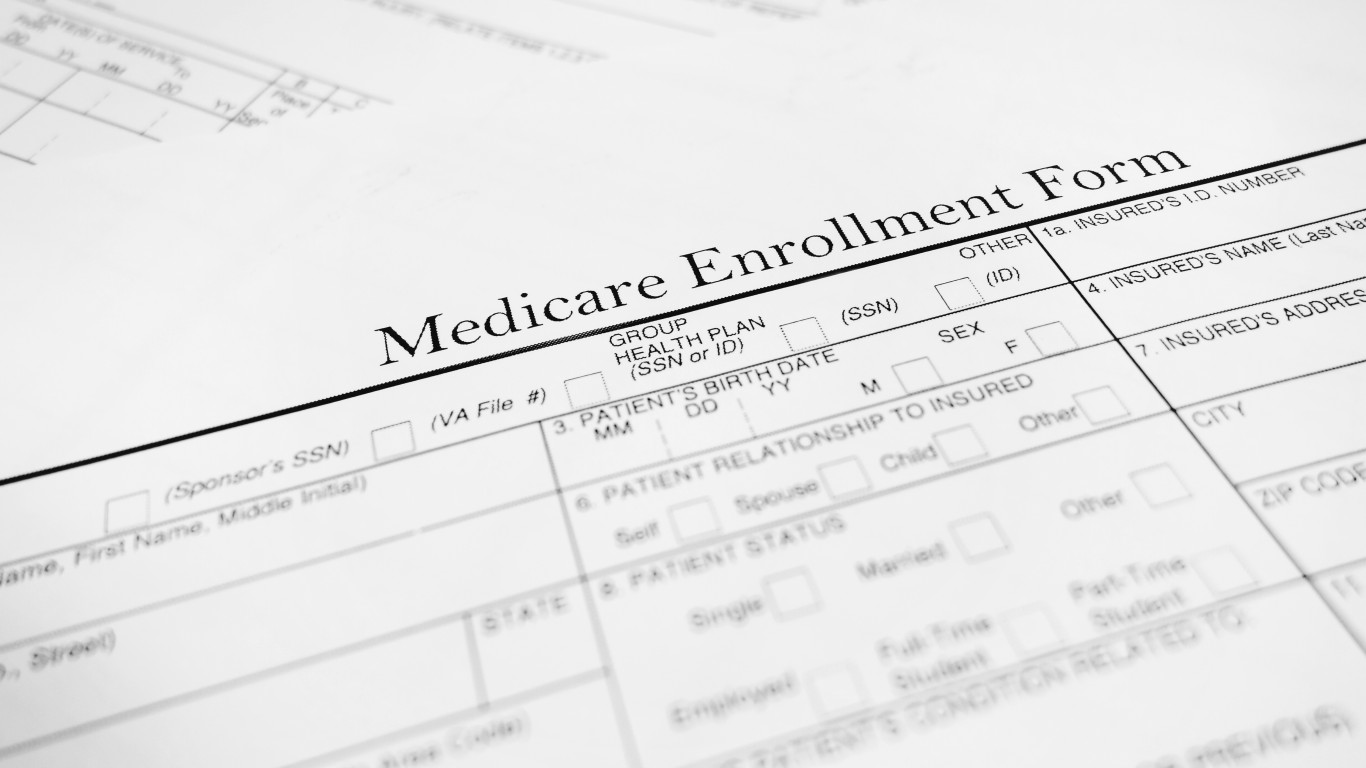 There are over 7.5 million households in the U.S. in which the residents do not own an automobile. Of course, these homes rely on public transportation to commute to work, schools and shopping. Yet, 700,000 of those households don’t even have access to public transit, according to the Brookings Institution. And for those with access, just over 40% of jobs in their metropolitan areas are accessible within 90 minutes. In some areas, it is much worse. 24/7 Wall St. identified the ten metropolitan areas with the lowest rates of job access, as outlined in the Brookings report.
There are over 7.5 million households in the U.S. in which the residents do not own an automobile. Of course, these homes rely on public transportation to commute to work, schools and shopping. Yet, 700,000 of those households don’t even have access to public transit, according to the Brookings Institution. And for those with access, just over 40% of jobs in their metropolitan areas are accessible within 90 minutes. In some areas, it is much worse. 24/7 Wall St. identified the ten metropolitan areas with the lowest rates of job access, as outlined in the Brookings report.
This lack of effective transportation is extremely restrictive, limiting where people can work and what they can do. Sixty percent of zero-vehicle households have incomes that are less than 80% the median income for the metro area. Although it is unclear whether poor access to jobs increases the odds of poverty in and of itself, it is obvious that it plays some role. It is therefore not entirely surprising that areas with low job access have high rates of people with low incomes.
Metropolitan areas with low job access are not necessarily a far distance from transit. Miami, for instance, has the 8th best public transportation coverage in the nation, yet one of the lowest rates of job access. This is due in part to the metropolitan area’s size and urban sprawl, as well as inefficiencies within its massive bus network that prevent people from reaching a large number of jobs in a reasonable amount of time, defined by Brookings as 90 minutes or less.
The nation’s best solution to the job accessibility problem, therefore, may be to focus on greater density within housing and business centers. As Adie Tomer, author of the Brookings report, Transit Access and Zero-Vehicle Households, told 24/7 Wall St., this entails “the reduction of sprawling, low density housing and office parks and exchanging them with more transit-oriented development and a higher density zoning code.” Short term solutions are harder to come by.
For this article, 24/7 Wall St. identified the ten metropolitan areas with the lowest rates of job access for households that have access to transit as outlined in the Brookings report. A metropolitan area’s job access rate refers to the share of jobs that the typical working age resident can reach within 90 minutes. Coverage refers to the share of people who are “covered” by public transportation, or live within ¾ miles of at least one transit stop. While areas without transit coverage may not be able to reach jobs, they are simply not considered when calculating the job access rate. The report looked at the 100 largest metropolitan areas. We also reviewed other data from the report including the share of metropolitan households with transit coverage, the percentage of households without access to a private automobile, and the percentage of those houses that are considered “low-income,” or make less than 80% of that metropolitan area’s median income.
These are the ten cities where Americans can’t get to work.
10. Augusta-Richmond County, GA-SC
> Job access rate: 19.8%
> Public transportation coverage: 57.9% (8th lowest)
> Zero-vehicle households: 7.3%
> Zero-vehicle households with low-income: 71.2%
Only 58% of households in the Augusta metropolitan area without cars are located near public transportation. As a result, less than 20% of jobs are reachable in at least 90 minutes for those households. A major reason for these low rates is the cost of the city’s bus system. In June 2011, it was decided that the bus system would be privatized, a move that is expected to save the city $400,000 a year, according to The Augusta Chronicle. According to its proponents, privatization may also improve overall availability of transportation.
9. Miami-Fort Lauderdale-Pompano Beach, FL
> Job access rate: 19.7%
> Public transportation coverage: 97.2% (8th highest)
> Zero-vehicle households: 8.6%
> Zero-vehicle households with low-income: 63.4%
Miami has one of the lowest rates of job access despite having one of the best coverage for public transportation in the country. The metropolitan area has an exceptionally large bus network that reaches the majority of neighborhoods. However, due to Miami’s size, many households are located a great distance from job centers. There is also a lack of rapid transit, which prevents people from being able to reach jobs in a reasonable amount of time.
8. Orlando-Kissimmee, FL
> Job access rate: 19.6%
> Public transportation coverage: 78.9% (36th lowest)
> Zero-vehicle households: 4.9%
> Zero-vehicle households with low-income: 59.6%
Although a relatively small portion of Orlando households do not own a car, the majority of them are located extremely far away from work. This is especially true for households in the suburbs, where the rate of jobs reachable within 90 minutes is less than half of that which those in the city have access to. To address the issue, Governor Rick Scott approved a new $1.2 billion high speed rail project. The SunRail project has been highly controversial in the Orlando area, mainly due to its cost and low ridership projections. The rail is expected to be fully completed by 2015.
7. Tampa-St. Petersburg-Clearwater, FL
> Job access rate: 18.5%
> Public transportation coverage: 88.2% (38th highest)
> Zero-vehicle households: 6.6%
> Zero-vehicle households with low-income: 62.5%
Tampa faces a situation similar to to Orlando’s. The metropolitan area suffers from significant urban sprawl, making it more difficult for those living in the city’s far reaches to get to jobs. According to Tampa Bay on Track, a branch of the Tampa Bay Partnership, Tampa Bay lacks “premium” public transportation options such as “high quality bus, bus rapid transit, or rail.” The organization blames a lack of funding for the city’s problems, an issue caused in part by the falling home values’ impact on property taxes.
6. Virginia Beach-Norfolk-Newport News, VA-NC
> Job access rate: 18.3%
> Public transportation coverage: 88.5% (37th highest)
> Zero-vehicle households: 6.8%
> Zero-vehicle households with low-income: 73.5%
Virginia Beach has an exceptionally high rate of low-income households among its zero-vehicle households. This implies a strong connection between the two. In July of 2011, the Norfolk Tide light-rail system began operations in Norfolk, a city included in the Virginia Beach metropolitan statistical area. According to the Richmond-Times Dispatch, there are plans for the train to eventually extend into Virginia Beach.
5. Youngstown-Warren-Boardman, OH-PA
> Job access rate: 15.7%
> Public transportation coverage: 55.6% (6th lowest)
> Zero-vehicle households: 7.3%
> Zero-vehicle households with low-income: 57.4%
Western Reserve Transportation Authority runs the Youngstown’s public bus service. According to Brookings data, the system is underperforming. Less than 16% of jobs are accessible within 90 minutes for those without cars. Worst still, public transportation barely covers more than half of households in the metropolitan area. Coverage is the sixth worst in the country.
4. McAllen-Edinburg-Mission, TX
> Job access rate: 15.3%
> Public transportation coverage: 63.5% (13th lowest)
> Zero-vehicle households: 8.0%
> Zero-vehicle households with low-income: 67.0%
The McAllen, TX metropolitan area is extremely poor. The city has the lowest median household income in the country — $34,984. This makes the area’s low rate of job access all the more troubling. Job access is especially bad in the suburbs, where a mere 6% of jobs are accessible within 90 minutes. Ridership for McAllen’s public bus system is at all time highs, however, according to local newspaper The Monitor.
3. Poughkeepsie-Newburgh-Middletown, NY
> Job access rate: 9.1%
> Public transportation coverage: 78.6% (34th lowest)
> Zero-vehicle households: 7.7%
> Zero-vehicle households with low-income: 67.3%
Although Poughkeepsie has one of the lowest job access rates in the country, the city is working to solve the problem in an intelligent way. According to to the Mid-Hudson News Network, city officials are planning to create a “Transit Oriented Development in and around the Poughkeepsie Metro-North train station.” This development would increase density of homes and businesses around the train station, making it easier for residents to reach jobs.
2. Riverside-San Bernadino-Ontario, CA
> Job access rate: 9.0%
> Public transportation coverage: 87.7% (42nd highest)
> Zero-vehicle households: 5.0%
> Zero-vehicle households with low-income: 57.8%
Only 9% of jobs are reachable in 90 minutes for those in Riverside without a vehicle. This is partially due to the state’s financial troubles. The Riverside Transit Agency is currently facing funding cuts. Nevertheless, the agency is expecting to spend $50 million over the next three years on new natural gas buses, according to Riverside’s Press-Enterprise.
1. Palm Bay-Melbourne-Titusville, FL
> Job access rate: 8.3%
> Public transportation coverage: 82.6% (45th highest)
> Zero-vehicle households: 4.7%
> Zero-vehicle households with low-income: 60.5%
The Palm Bay metropolitan area provides the lowest rate of job access to households without vehicles in the country. Just over 8% of jobs can be reached within 90 minutes. This is the result of a number of factors. The Palm Bay area is physically long, making rapid transit difficult. Also, funding has been an issue in the area. Finally, the majority of middle and low-income jobs are located in the downtown area, decreasing accessibility for those living further out in the suburbs.
Charles B. Stockdale
Thank you for reading! Have some feedback for us?
Contact the 24/7 Wall St. editorial team.



